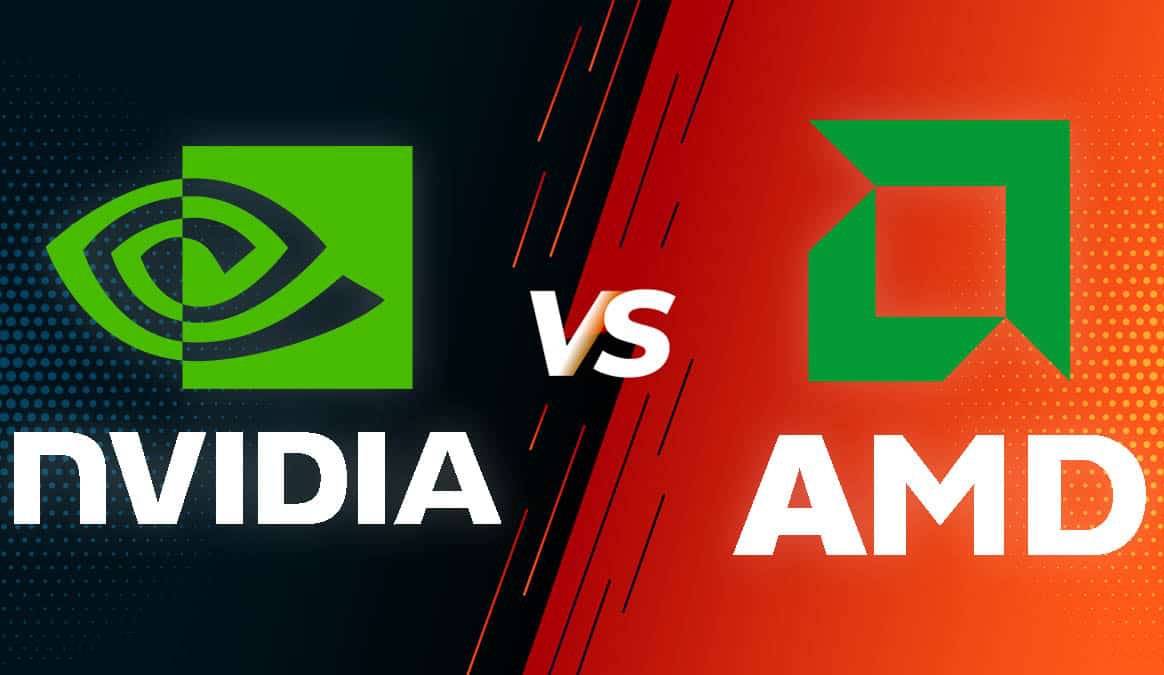Article
AMD VS NVIDIA; The Battle of Graphics Cards
AMD and NVIDIA are both major players in the graphics card market, and the decision between the two can be a difficult one for consumers.
One key difference between the two companies is that AMD specializes in both CPUs and GPUs, while NVIDIA only produces GPUs. This means that, while AMD may offer more integrated solutions for PCs and workstations, NVIDIA generally has a stronger focus on gaming and high-performance graphics.
In terms of performance, both AMD and NVIDIA offer a range of options at different price points. At the high end, both companies have flagship GPUs that offer excellent performance for gaming and other demanding applications. However, AMD’s graphics cards tend to be more competitively priced, while NVIDIA’s cards generally have better overclocking potential.
Another key difference between the two companies is their approach to ray tracing, a technique that allows for more realistic lighting and shadows in games. NVIDIA has been a strong proponent of ray tracing and has included dedicated hardware for the feature in its more recent graphics cards. AMD, on the other hand, has relied more on software-based solutions for ray tracing, which can be less efficient but also less expensive.
It is also important to note that in addition to gaming, video editing is another area where the performance of graphics cards can be important. Both AMD and NVIDIA offer a range of options that are suitable for video editing, but there are some key differences to consider.
AMD’s graphics cards are generally better optimized for use with the open-source software Blender, which is a popular choice among many video editors. AMD’s graphics cards tend to perform better in Blender than their NVIDIA counterparts, especially when it comes to tasks like rendering. In contrast, NVIDIA’s graphics cards tend to be better optimized for use with professional video editing software such as Adobe Premiere and Avid Media Composer. These programs often take advantage of CUDA, which is NVIDIA’s proprietary parallel computing platform and API, to accelerate video editing and other tasks. This means that NVIDIA’s graphics cards can be more efficient when working with this professional-grade software.
Ultimately, the decision between AMD and NVIDIA graphics cards will come down to personal preferences and needs. Gamers who want the best performance and are willing to pay a premium for it may be better off with NVIDIA, while those who are on a budget or who prioritize value may be more satisfied with AMD.
Additionally, it’s also important to keep in mind the future-proofing and the software and driver support provided by the companies, as well as the models within the same price range. But the most important thing is to look at the compatibility of your computer or the intended build with the graphics card.
In summary, both AMD and NVIDIA offer high-performance graphics cards for gamers and professionals, and the decision between the two will depend on your needs, preferences, and budget. Both companies have their own strengths and weaknesses, and it’s important to do your research and consider all factors before making a decision.

